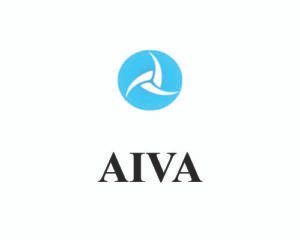Skype is a telecommunications application that provides various features for communication over the internet. Here’s a comprehensive overview:
Key Features:
- Voice and Video Calls: Skype allows users to make voice and video calls to other Skype users for free. It also supports group calls with multiple participants.
- Instant Messaging: Users can send text messages, emojis, and multimedia files to individuals or groups.
- File Sharing: You can share files, photos, and videos during chats.
- Screen Sharing: Allows users to share their computer screen during calls, useful for presentations and troubleshooting.
- Call Recording: Skype offers a feature to record voice and video calls for later reference.
- VoIP (Voice over Internet Protocol): Provides low-cost calling to landlines and mobile phones worldwide through Skype Credit or subscription plans.
Platforms:
- Desktop: Available for Windows, macOS, and Linux.
- Mobile: Available for iOS and Android devices.
- Web: Can be used via a web browser without needing to install the app.
Account and Security:
- Microsoft Account Integration: Since Microsoft acquired Skype, it integrates with Microsoft accounts.
- Encryption: Skype calls and messages are encrypted to ensure privacy, but Microsoft has access to metadata and can comply with legal requests.
Usage:
- Personal Use: Commonly used for keeping in touch with friends and family.
- Professional Use: Widely used for business meetings, remote work, and collaboration.
History:
- Founded: Skype was created in 2003 by Niklas Zennström, Janus Friis, and others.
- Acquisition: Microsoft acquired Skype in 2011 for $8.5 billion.
Alternatives:
- Zoom: Popular for video conferencing and online meetings.
- Microsoft Teams: Integrated with Office 365 and designed for team collaboration.
- Google Meet: Provides video conferencing with Google account integration.
Let me know if you need more specific details about any aspect of Skype!










